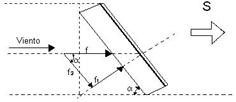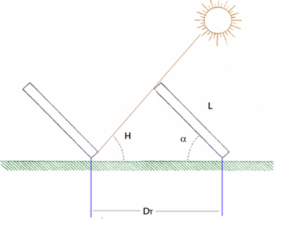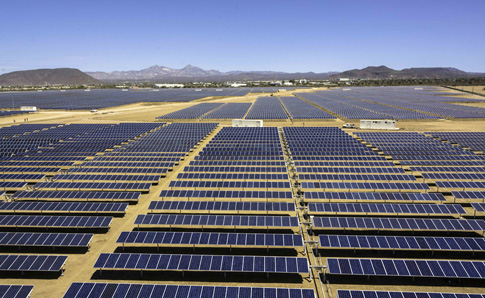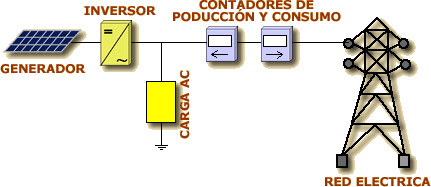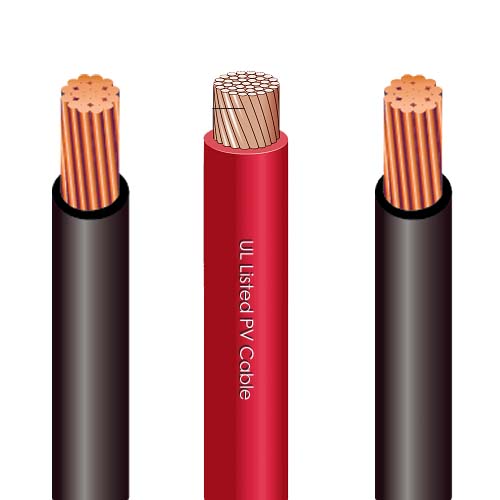Mexico is part of the solar belt, an area that considers countries with the highest solar radiation in the world.
The country set itself the goal of generating, by 2024, 35% of electricity with clean energy (currently 80% is generated with hydrocarbons).
It is estimated that solar energy will represent 13% of all energy for next year, and that their participation will gradually grow.
However, solar technology development, as in all Latin American countries (and almost entire world), presents a huge imbalance between large-scale projects and distributed generation.
As far as large-scale projects are concerned, with 37 solar power plants under construction and an estimated investment of US$ 5,000 million, Mexico aims to become a solar power thanks to regulatory support and enviable geographic conditions.
In Coahuila is the largest solar park in Latin America with an investment of US$ 650 million generates about 754 MW.
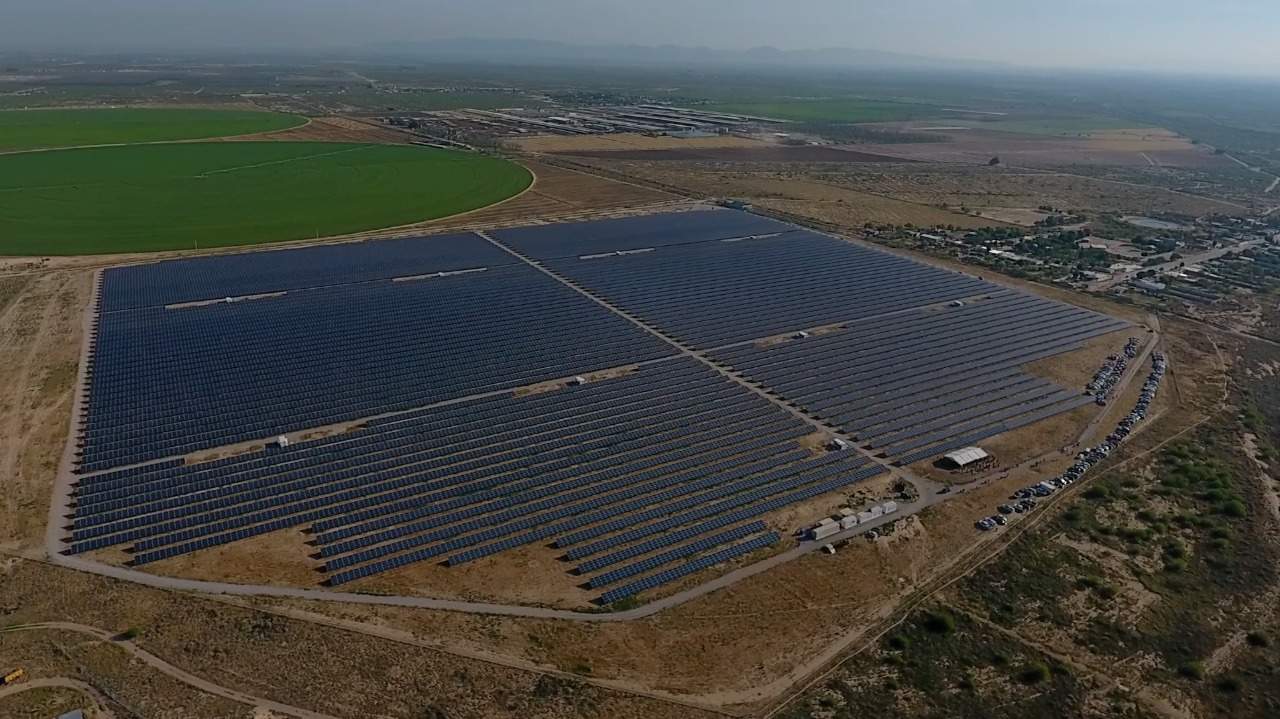
By the end of 2020, the country will have 5,000 MW of installed capacity.
This impulse is due to the Energy Reform that opened the sector to private initiative, the Energy Transition Law and the three electric auctions held to date.
Average price obtained in the third solar auction (in which contracts were assigned to 9 projects) represented a downward world record for all energies.
In sector, presence of foreign actors stands out, winning approximately 90% of the bids.
The other side of the coin is that of distributed generation.

Although since 2007 it is possible to install solar panels in homes, shops and industries and connect them to the electricity grid; until 2017, necessary conditions distributed generation development were not created. It represents less than 0.3% of total electricity generation in Mexico.
Before Energy Reform, distributed generation could only be used for self-consumption (and surpluses were lost after 12 months), without it being possible to buy or sell photovoltaic solar energy.
Regulations approved in March 2017 regulate the following compensation models: 1) Net metering; 2) Net billing; 3) Total sale.
In addition, due to ignorance advantages of using solar energy, which could supply a home with high electricity consumption, with only 16 square meters of photovoltaic panels, are lost in Mexico.
Most people are unaware that installing a renewable technology system based on solar panels in their homes is legal, simple and accessible,
Another challenge to face trained personnel lack both technically, to install panels, and engineering, for systems design.
Betting only on large-scale projects is an absurd and non-logical proposal that makes renewables a financial product and not an energy policy tool that promotes employment and technological and industrial development at national level.
It favors macro projects and deepens energy sector convcentration.
Low prices concentration in auctions, with the consequent creation of a dominant position in a few actors (usually foreign companies), will in long term dilute the advantages of low short-term prices.
If we consider auctions as the only tool to increase renewables participation, we will be maintaining an obsolete energy matrix paradigm and committing a very serious error.
The future energy matrix is based on 3 pillars:
1) Energy efficiency
2) Renewable energies
3) Distributed generation
The path of energy revolution and citizen empowerment goes through prosumer figure development and energy cooperativism.
The way of concentration and centralization involves only changing fossils for renewables to maintain the “status quo” for benefit of those who always will continue to act as a collection agency in collusion with political party in government.
All you need is Sun. All you need is Sopelia.










